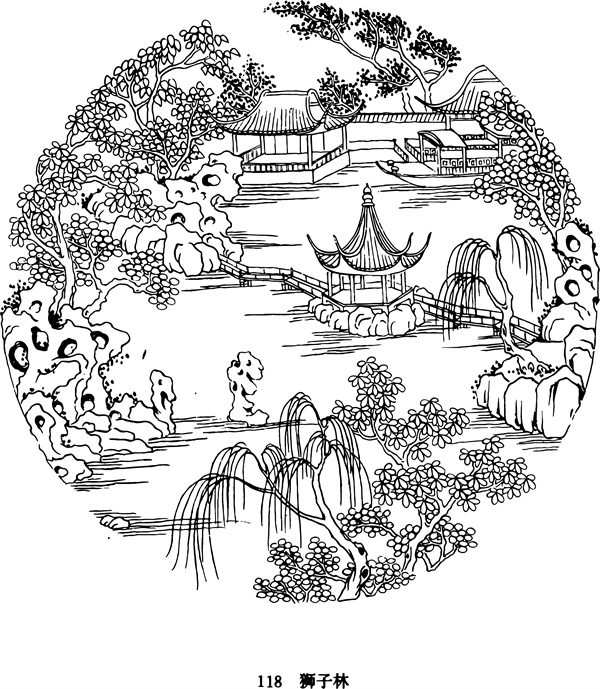Table of contents:
3D Embroidery Techniques for Lifelike Garden Background Images
Incorporating Beads and Found Objects in Garden-Inspired Patterns
Creating Tactile Experiences with Textured Background Pattern Images
Layering Techniques for Dynamic Lion Grove Garden Embroideries
3D Embroidery Techniques for Lifelike Garden Background Images
To truly capture the essence of Lion Grove Garden's diverse landscape, embroiderers employ sophisticated 3D techniques that add depth and realism to background images. By utilizing varying stitch lengths and directions, artists can create the illusion of perspective, making pavilions appear to recede into the distance and rockeries tower above tranquil waters. The pattern design process begins with careful consideration of how different elements interact, using Pattern Vector Icons as guides for complex shapes and textures. Layering stitches of varying thicknesses helps to build up rocky surfaces, while delicate, single-strand work mimics the garden's ethereal mist and reflective water surfaces.
Incorporating Beads and Found Objects in Garden-Inspired Patterns
Embroiderers often enhance their Lion Grove Garden-inspired works by incorporating beads and found objects into their pattern designs. These additions not only add visual interest but also contribute to the tactile experience of the piece. Tiny seed beads can be sewn to represent water droplets or dew on leaves, while larger, irregularly shaped beads might stand in for the garden's famous scholar's rocks. The strategic placement of these elements within the pattern design requires careful planning, often aided by digital Pattern Vector Icons that help artists visualize the final composition. Some embroiderers even incorporate small pieces of rock or wood, seamlessly blending them into the stitched landscape to create a truly immersive representation of the garden's diverse textures.
Creating Tactile Experiences with Textured Background Pattern Images
The Lion Grove Garden's appeal lies not just in its visual beauty but also in the tactile experiences it offers visitors. Skilled embroiderers strive to recreate this sensory richness in their work by developing textured background pattern images. By combining various stitching techniques, such as French knots, bullion knots, and turkey work, artists can create raised surfaces that mimic the garden's moss-covered rocks and gnarled tree bark. The pattern design process for these textured backgrounds often starts with detailed sketches or Pattern Vector Icons, which guide the placement and density of different stitch types. This attention to texture transforms flat embroideries into three-dimensional landscapes that invite touch and exploration.
Layering Techniques for Dynamic Lion Grove Garden Embroideries
To capture the depth and complexity of the Lion Grove Garden, embroiderers employ sophisticated layering techniques in their pattern designs. This approach involves building up multiple layers of stitches, each contributing to the overall composition. Artists might begin with a base layer that establishes the garden's basic structure, using Pattern Vector Icons to guide the placement of key elements. Subsequent layers add detail and dimension, with lighter threads used for distant features and darker, more textured stitches for foreground elements. The careful manipulation of thread tension and stitch direction creates subtle shadows and highlights, enhancing the embroidery's sense of depth and movement. This layered approach to pattern design allows embroiderers to recreate the garden's intricate play of light and shadow, capturing its ever-changing beauty throughout the day.
The art of embroidering the Lion Grove Garden demands a harmonious blend of traditional techniques and innovative approaches. By leveraging advanced 3D stitching methods, incorporating unconventional materials, and focusing on tactile textures, embroiderers can create works that transcend mere visual representation. The thoughtful use of Pattern Vector Icons and layered pattern design strategies enables artists to capture not just the garden's appearance, but its essence and spirit. These embroideries serve as more than decorative pieces; they become tangible, interactive landscapes that allow viewers to experience the wonder of the Lion Grove Garden through touch and sight. As embroidery techniques continue to evolve, so too will our ability to preserve and celebrate the beauty of cultural treasures like the Lion Grove Garden in thread and fabric.

Comments
Post a Comment